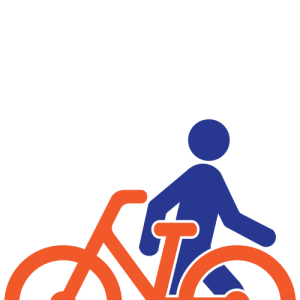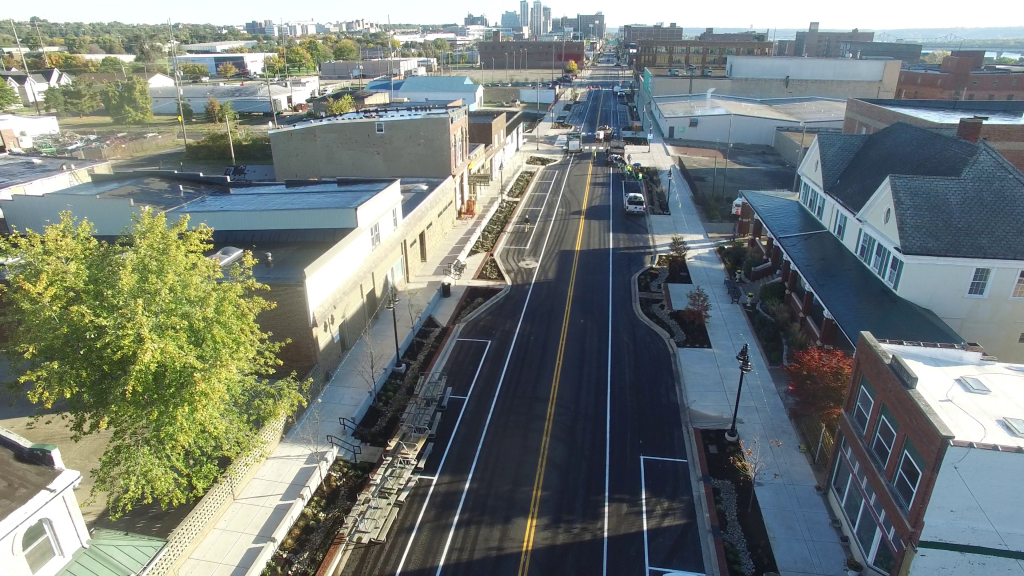
Transportation Alternatives
This page contains information about Tri-County’s Transportation Alternative (TA) Set-Aside allocation and current call for projects.
What are Transportation Alternatives funds?
The Transportation Alternatives (TA) funding program is a set-aside of the Surface Transportation Block Grant. Projects completed with these funds can be a variety of smaller-scale transportation projects such as pedestrian and bicycle facilities, recreational trails, Safe Routes to School projects, community improvements such as historic preservation and vegetation management, and environmental mitigation related to stormwater and habitat connectivity.

Statutory History of TA
The Moving Ahead for Progress in the 21st Century Act (MAP-21), signed into law by President Obama on July 6, 2012, established the Transportation Alternative Program, most commonly known as TAP. TAP provided funding for an array of alternative transportation projects, including many that were previously eligible under separately funded programs like Transportation Enhancements, Recreational Trails, and Safe Routes to School.
The Fixing America’s Surface Transportation (FAST) Act, signed into law by President Obama on December 4, 2015, eliminated the MAP-21 TAP and replaced it with a set aside of Surface Transportation Block Grant (STBG) program funding for transportation alternatives. These transportation alternatives set-aside funds include all projects and activities previously eligible under TAP. These allowable activities encompass a variety of smaller-scale transportation projects such as pedestrian and bicycle facilities, recreational trails, safe routes to school projects, community improvements such as historic preservation and vegetation management, and environmental mitigation related to stormwater and habitat connectivity.
The Infrastructure Investment and Jobs Act (IIJA), also known as the Bipartisan Infrastructure Law or BIL, was signed into law by President Biden on November 15, 2021. The IIJA continues the Transportation Alternatives set aside from the STBG program. Additionally, the IIJA adds new eligibility for activities in furtherance of a vulnerable road user safety assessment.